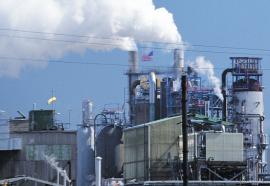Supreme Court RoundUP: Pivotal Cases for the Clean Air Act
How greenhouse gases and Best Available Control Technology could shape the regulatory landscape—and the environment.
Two cases involving traditional pollutants and climate change are before the court. In addition to questions about the EPA’s regulatory power, both cases raise critical threshold “jurisdictional” questions about the courts’ role in addressing these issues.










